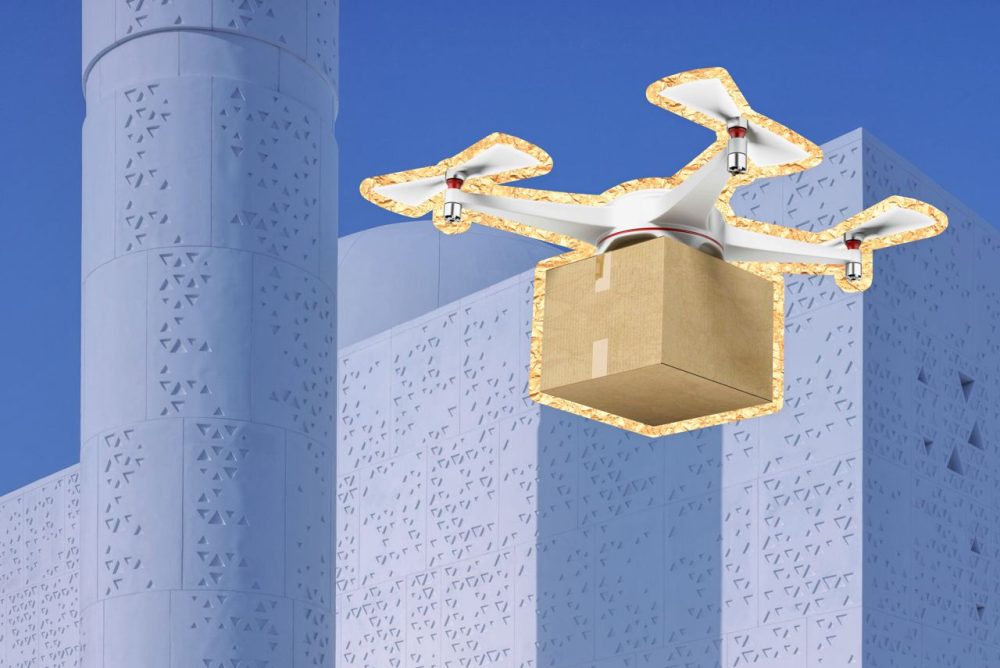- Growth Strategies

Which services are most in demand? Where do customers look for information about services in the United Arab Emirates? And which advertising channels should you choose? Find out in the overview
According to a McKinsey study, Emirati shoppers are the most active internet users among MENA countries, 99% have internet access. The MENA e-commerce market expanded by almost 80% between 2019 and 2020, reaching a value of $27.8bn.
A key trend among the UAE consumers is the shift from websites to mobile appls. As McKinsey calculated, 45% of Emiratis most often use a store’s mobile app, 27% visit its websites, and only 10% primarily explore marketplaces and aggregators.
Interestingly, the fastest-growing e-commerce category in the UAE is snacks (+850% from 2021 to 2022), followed by toys and bird accessories (+814%).
Looking at marketplace demand specifically, the top three categories on Amazon.ae are electronics, home and kitchen appliances, and clothing, as discovered by the American accelerator Pattern. Almost the same categories are popular among users of the local e-commerce platform Noon. Still, food and sweets are in demand, followed by electronics, home, and kitchen appliances.
Social media has become a more comfortable shopping environment for Zoomers and Millennials. For instance, 64% of those surveyed worldwide have purchased goods at least once on social networks, according to a study by Snap Inc., Havas Media Network, and Dynata The Next-Gen Social Commercial Playbook. Analysts also found:
A British research company, YouGovt, determined that in 2021, 39% of the UAE residents preferred using cash to pay for goods and services.
However, this payment method is becoming less popular: 29% of the UAE consumers stated they used cashless in 2022, according to Mastercard’s New Payments Index 2022. 66% of Emiratis (compared to a global average of 61%) increasingly use digital payment methods.
Mastercard analysts also found that 88% of the UAE residents used at least one new (emerging) payment method.
Two important Islamic events – Ramadan (one month long) and Eid al-Fitr (three days) – influence the consumption of food and visits to cafés and restaurants. During Ramadan, Muslims fast every day from dawn to dusk, and during Eid al-Fitr, consumption either increases sharply or returns to pre-holiday levels..
Interestingly, according to ShopperTrak data, traffic to offline shops increases by an average of 16% on the Friday and Saturday before the start of Ramadan. During the holy month, traffic in shopping centres decreases by 25% compared to the previous week.
Even though there is an increase in consumption after Eid al-Fitr, spending begins to rise during Ramadan. Marketing company Toluna conducted a study in February 2023 and found that Emirati’s spending during Ramadan increased by 33% compared to the previous year. The main categories with increased purchases during this month include:
Buying goods during Ramadan is most influenced by discounts and offers (53%) and low prices (56%). Consumers expect companies to offer discounts and special offers during this period.
39% of respondents planned to increase their spending on gifts for Eid 2023. The most popular gifts for family members are sweets, toys and perfume. Sales also have a significant impact on demand. According to Google, shoppers in the MENA region are eagerly awaiting the “Black Friday” sales: they start looking for discounts 12 weeks before the event. In addition, the inhabitants of the Middle East are also influenced by another global consumer trend. They actively shop on Singles’ Day 11.11: sales increased by 63% during the 2023 sale compared to the average, marketing firm Admitad has calculated.
More than 40% of consumers in the UAE use price comparison websites and shop at multiple retailers to avoid long delivery times, according to PwC analysts. 36% prefer to shop online or go to another shop if they cannot find the brand they want in a particular shop. 29% end up choosing another brand, and the same percentage buy private label products, i.e. the shop’s own brand.
Consumers in the UAE are more likely to abandon a purchase if the e-commerce platform does not offer free delivery and has an unfavourable returns policy, according to researchers from Uplo, an online retail solutions provider.
Returns are becoming an obstacle for companies seeking to increase their profits. Gulf News cites data from retail industry sources: out of the $5bn retail turnover in 2021 in the UAE, about 30% returns (monetarily, this figure is $1.5bn per year).
Another essential part of the customer experience is delivery. According to Pattern, consumers are willing to wait about 3–5 days for delivery. Researchers from Uplo noted that same-day delivery is preferable for Emiratis than 1–2 day delivery.

The free bank account that makes life easy
Not a fan of waiting times, hidden fees, or paperwork? Us neither. Get a free N26 bank account and manage your personal and shared finances the simple way.

Cards for advertising and personal purchases

Banks complicate things, we don’t. All the necessary payment account functions reachable with a tap on your smartphone.
Send, Exchange or Accept fiat and Cryptocurrency on your personal Account or Website.
Local and international payment tools, bank transfers, cards and more

A full-featured EOS wallet for your assets
Move your money globally in 40 different currencies. All you need is an email address and the funds arrive right away.
The all-in-one digital financial platform created to reboot banking for everyone.

Pyypl (pronounced “people”) is a non-bank digital app that gives everyone access to the financial system through a smartphone. With an internationally accepted prepaid Visa, conducting transactions with Pyypl is as simple as sending a message.